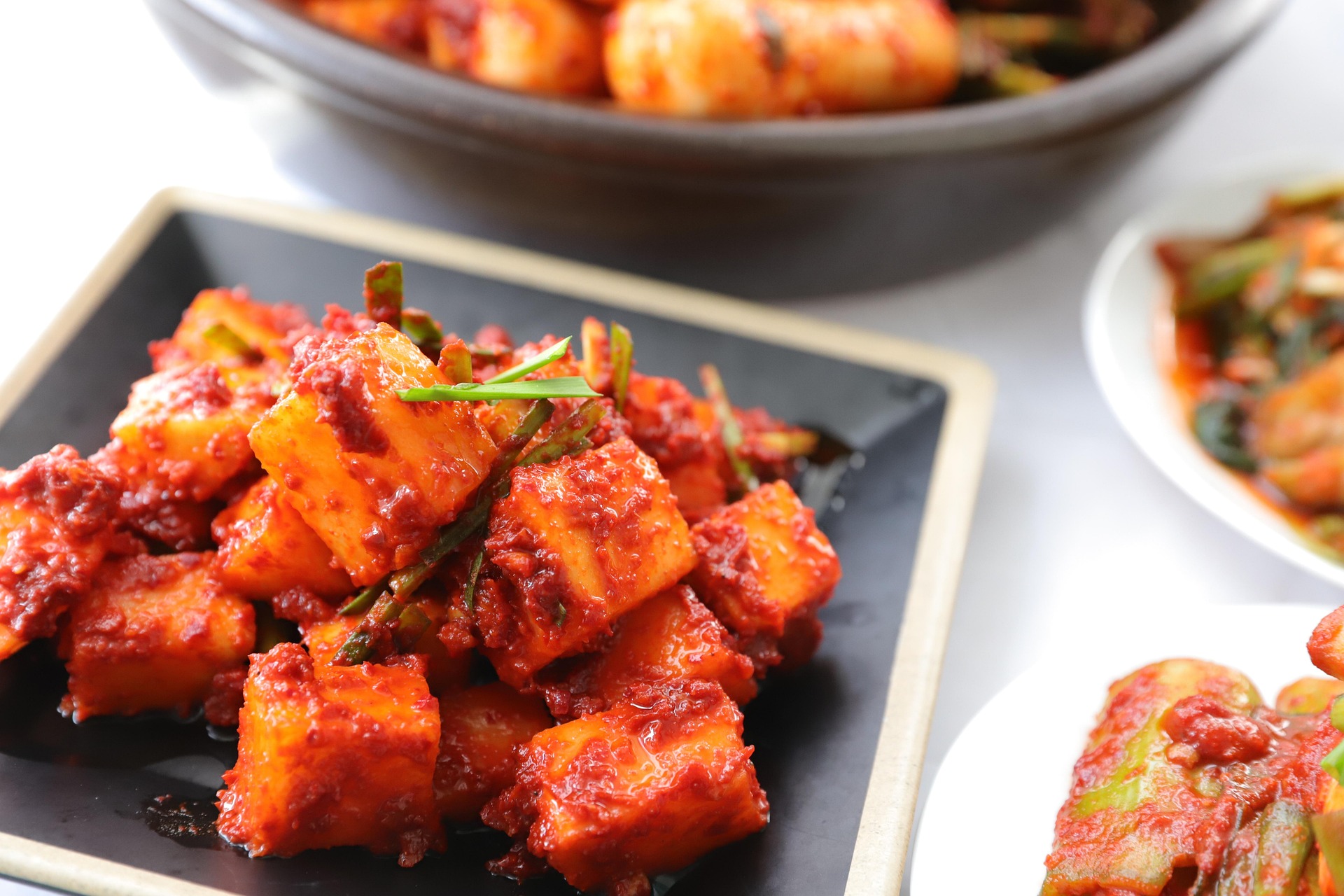Creative Culinary Adventures with Insects: The Future of Sustainable Dining
Insects: fluttering, crawling, hopping. They’re everywhere. But have you ever considered them as a source of sustainable, nutritious, and even delicious food? In this article, we explore the growing trend of insect cuisine and its potential to revolutionize our culinary landscape.

The Buzz about Edible Insects
Edible insects are not a new concept. In many cultures around the globe, insects have been a staple part of the diet for centuries. However, in Western countries, it’s a relatively new and innovative idea. As the demand for sustainable and nutrient-rich food sources grow, insects are becoming more popular.
Nutritional Powerhouses
Edible insects contain an impressive array of nutrients. They are high in protein, contain essential fatty acids, and are a great source of vitamins and minerals. For example, crickets are rich in iron and zinc, and mealworms are packed with potassium and fiber.
Sustainable Superstars
In addition to their nutritional benefits, insects are also champions of sustainability. They are highly efficient at converting feed into protein, require less land, water, and emit fewer greenhouse gases than traditional livestock.
Culinary Creations with Creepy Crawlies
Insect cuisine can be as simple or as gourmet as you want it to be. From mealworm tacos to cricket flour cookies, there’s a wide range of culinary creations to explore. Renowned chefs are also experimenting with insects, showcasing their versatility and unique flavors in their dishes.
Overcoming the Yuck Factor
Admittedly, the idea of eating insects can be a little off-putting for some. But, with creativity, an open mind, and a pinch of daring, it can turn into an exciting culinary adventure. Remember, lobsters and shrimps were once considered the cockroaches of the sea!
Extra Crunchy Facts
-
More than 2,000 species of insects are edible.
-
Crickets are 12 times more efficient at converting feed into protein than cattle.
-
The global edible insects market is expected to exceed $710 million by 2024.
-
Edible insects are a common feature in Mexican, Thai, and African cuisines.
Insects, with their nutritional value, sustainability, and culinary versatility, could be the answer to some of our most pressing food challenges. It’s time to put aside our squeamishness and embrace these little critters in our kitchens and our plates. After all, the future of food may just be buzzing in our backyards.






